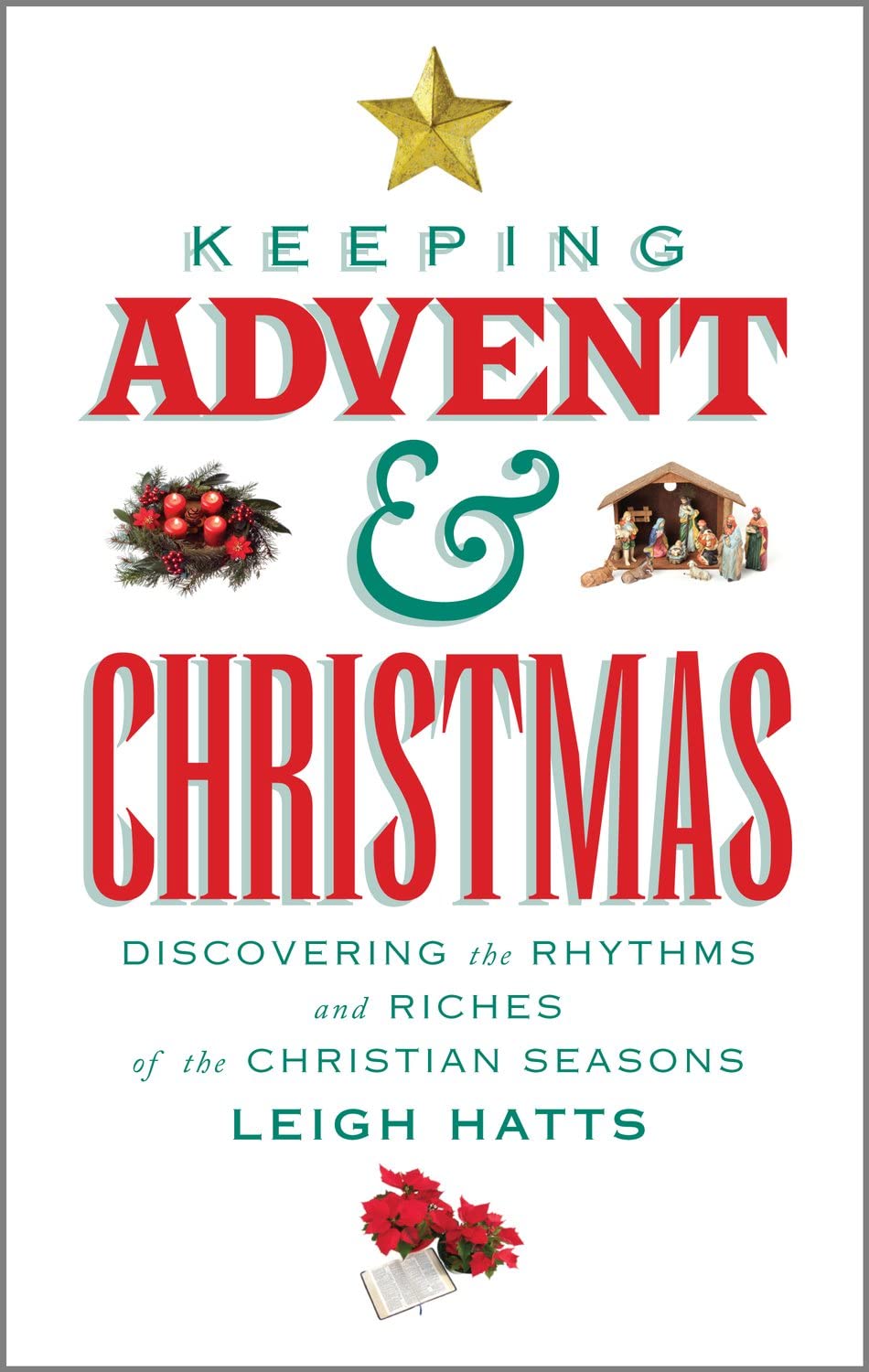Advent antiphons
Advent turns on the 17 December as the O Antiphons are heard daily at Mass and Evening Prayer. They are familiar to many as we hear five of them in the Advent hymn O Come, O come, Emmanuel. We are looking at last towards the birth of Christ. By tradition it is now that Mary […]
